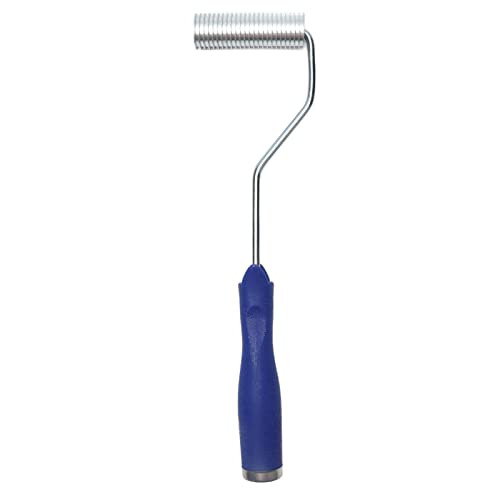Well, after a day off, I managed to get a little more done today. When I finished up on Saturday, I figured that removing the livewell would be relatively easy. Just remove the rivets from within the bilge area and it should come right out along with the brace for the rear seat. And it would have been just that easy, except for one thing: the livewell drain. I don't know who the turkey was that thought it would be a good idea to encase the livewell drain hose in expanding foam, but it certainly makes removal nearly impossible.

Unfortunately, even after excavating the foam around the hose clamp and loosening it with a bunch of socket extensions, I still couldn't remove the livewell. The way the hose was attached, I needed to pivot the assembly out of the way. With the livewell attached to the front panel of the bilge and the seat support, this wasn't possible. So I needed to remove the plywood from under the seat support so I could drill out the rivets that were clamping the livewell to the bilge panel.

Once I did this, the livewell came out easily. I also removed the bilge panel and the seat support easily. One more item to the list, the livewell fill hose had a pretty severe kink in it. Not a whole lot of water getting through this:

Now I was able to see the first pieces of foam under the center of the deck. Tracker used foam panels in the middle to keep the two middle channels clear of the poured foam. These pieces are the ones that retained the most water. I pulled out one 12" x 18" piece of foam from the bottom of the boat under the livewell and weighed it. It came in at 7.4 lbs.

Now the surprising part: Most of the foam under the two side compartments was relatively clear of water. I found water in about the bottom 3/4" only. The rest of it was pretty dry.

Now removing the rest of the bilge floor is pretty easy. This gave me access to the rest of the foam under the center compartment. I estimate that I'll pull out between 80-100 lbs of waterlogged foam by the time I'm done. Not nearly as much as I expected, but now I know.

One more critter home, and some damage to the bilge vent hose. One more thing to replace. Not that the mice needed to do much to it anyway, if you looked at the vent hose wrong it fell apart.

Ok, so here is where I expect to get a bunch of opinons. With the discovery of how little water is in the foam, I am thinking of not pulling apart the two side compartments. My thought is that I can undercut the foam for each of the compartments and slide a new piece of foam under each.

This will retain most of the strength that the pour-in foam provides. I understand the argument about the quality of the older pour in foam, but from what I've been able to see so far, it is in reasonably good condition. I feel comfortable with the foam in these two compartments providing the flotation needed for the amount of time I would need to get help.
This pretty much takes care of the majority of the de-construction. I feel it went pretty well and even without finding 300 lbs of waterlogged foam, I feel that the issues I've uncovered between the water in the VRO oil, and the chewed components, I have saved myself at least as much effort as I put into it, never mind the cost of the motor if that had failed.
I am really interested in hearing any suggestions to keep any additional critters out during the winter months, as this appears to be the biggest issue this boat has seen.
So let me have it...












































































